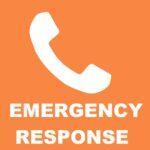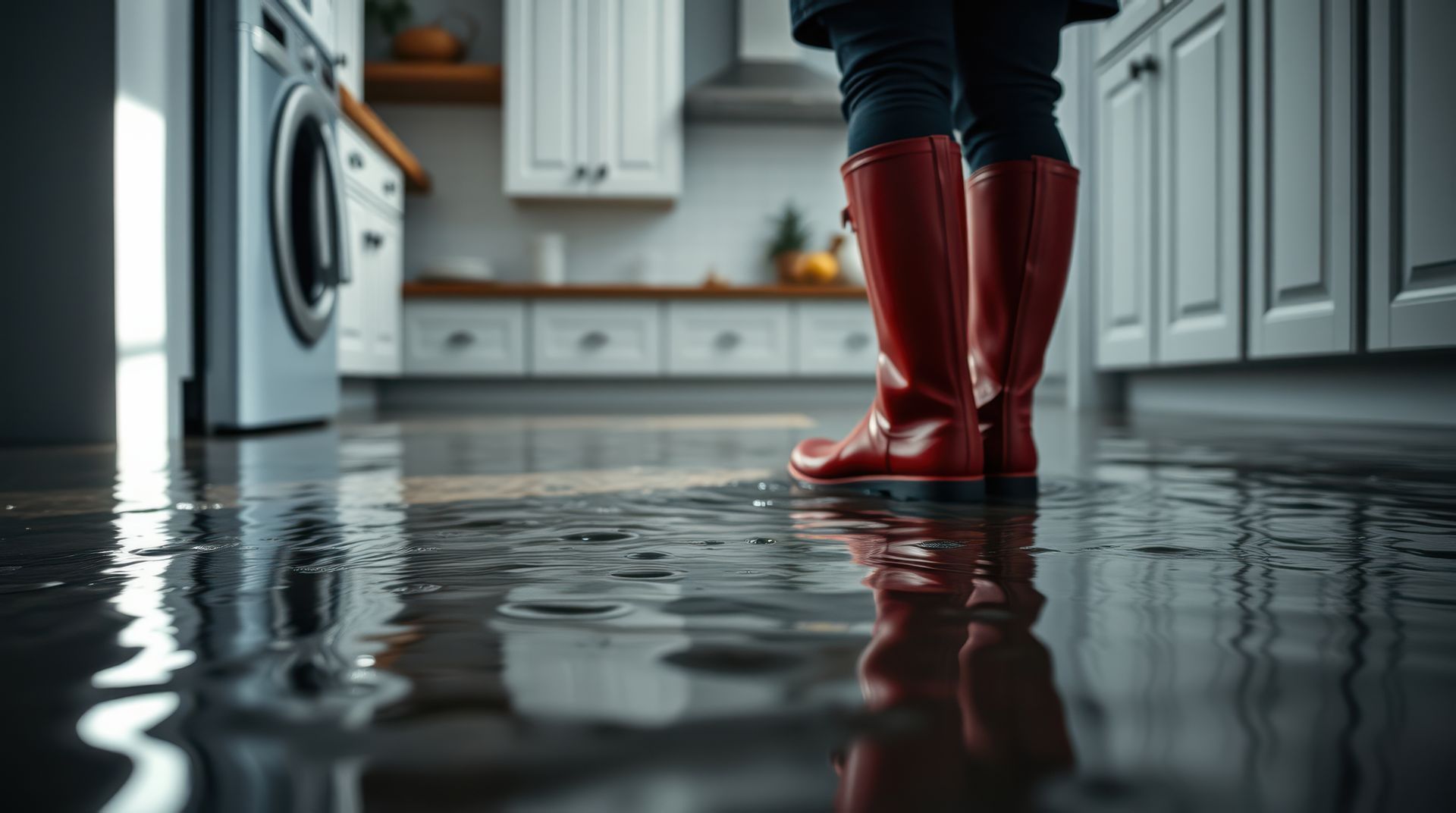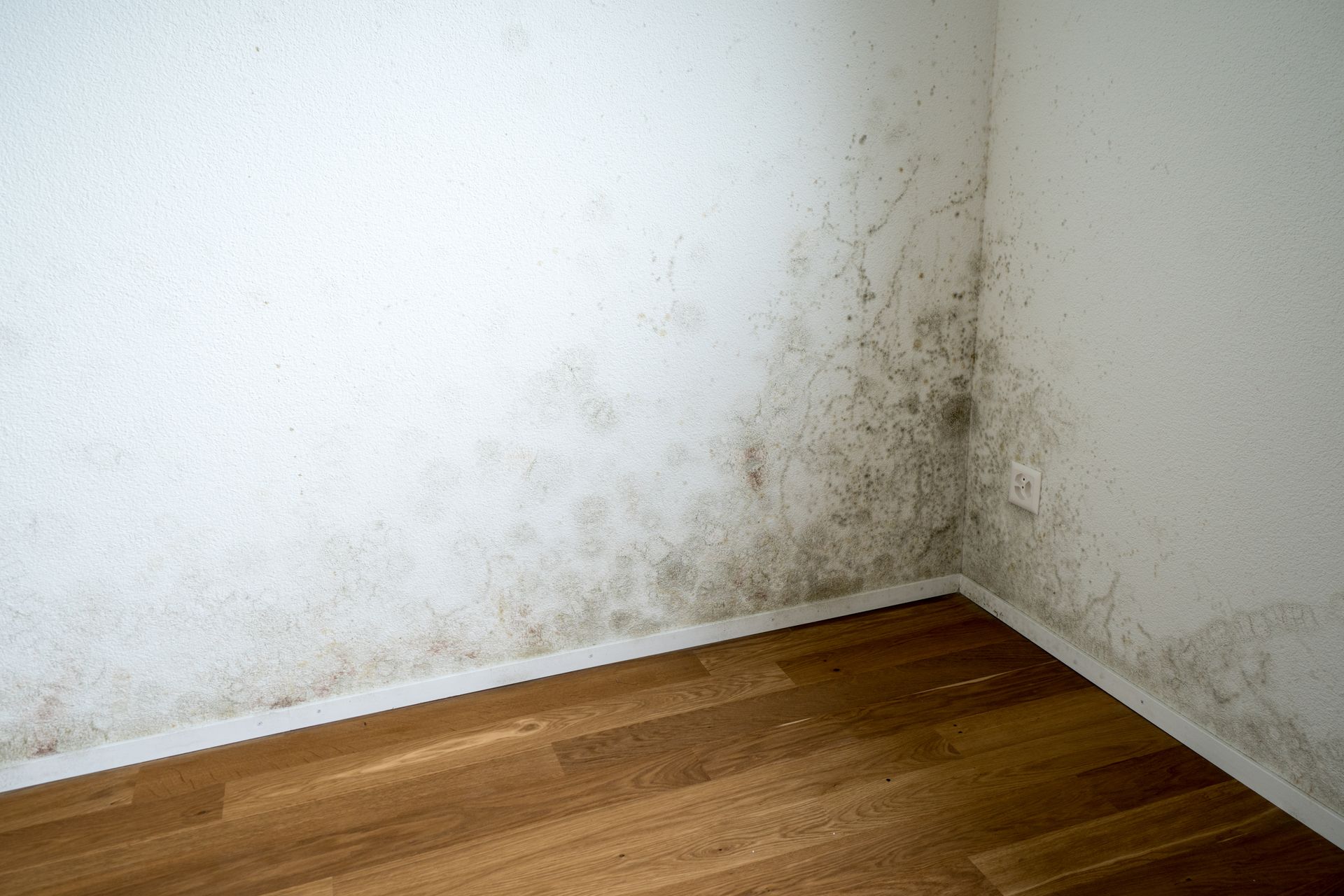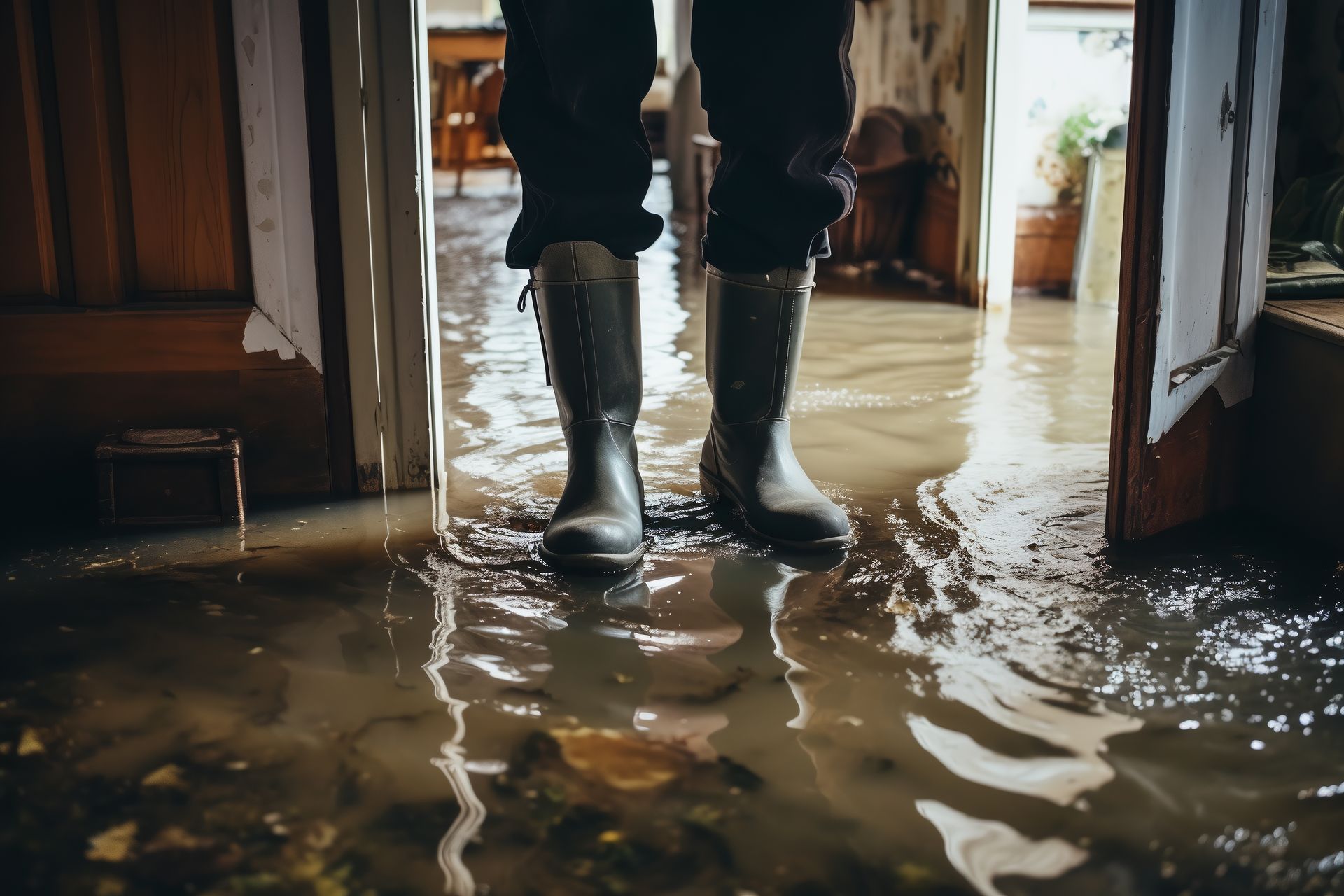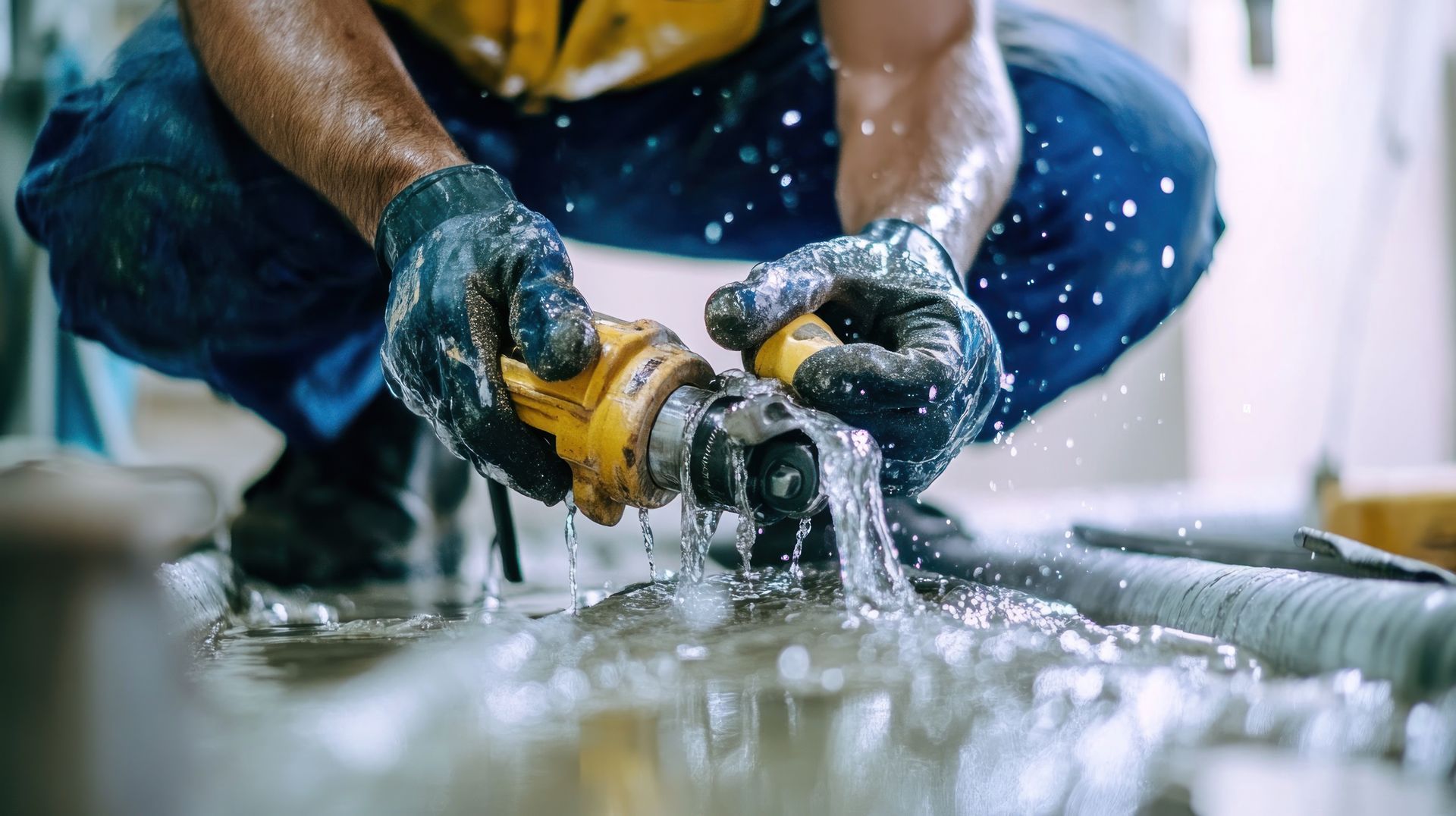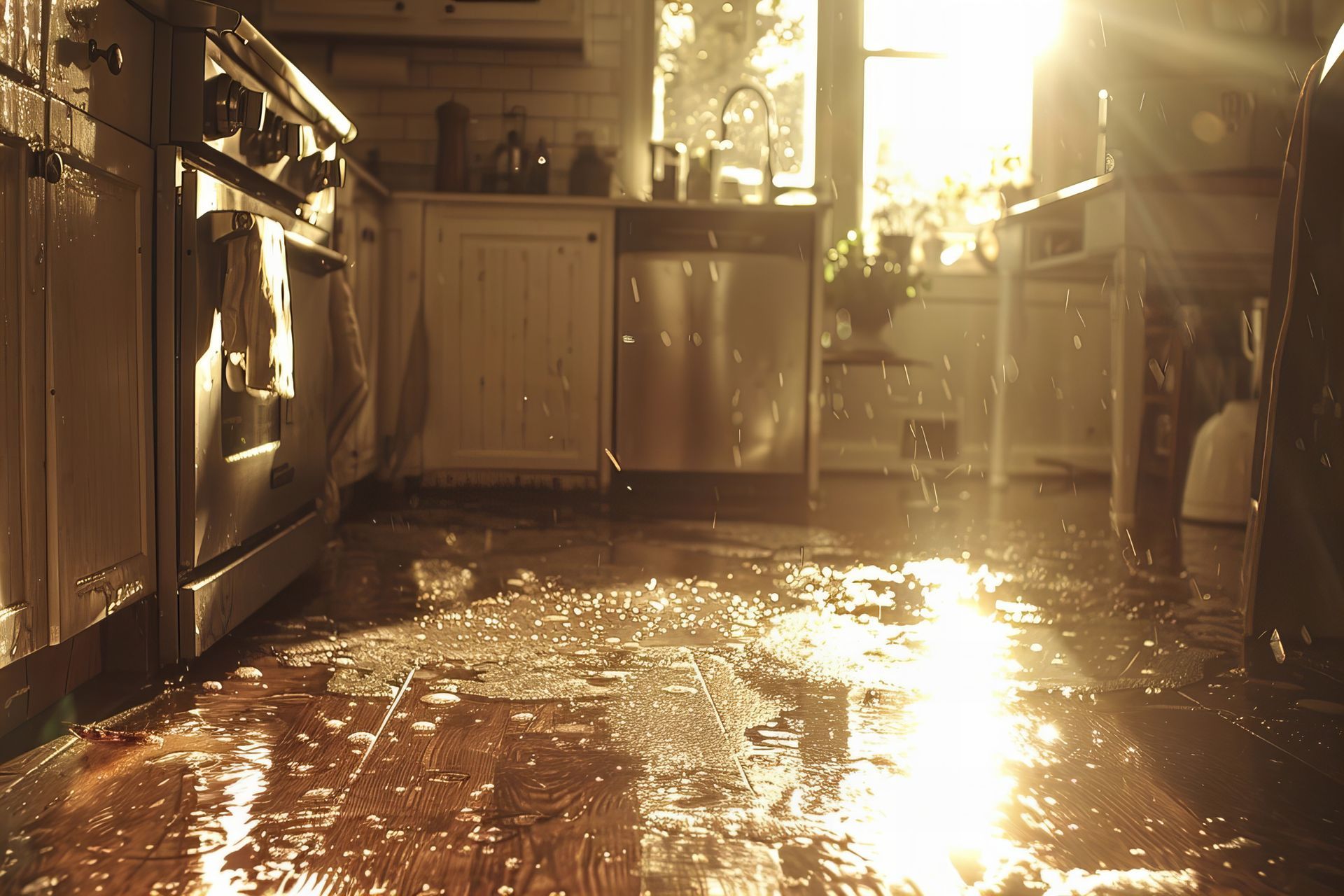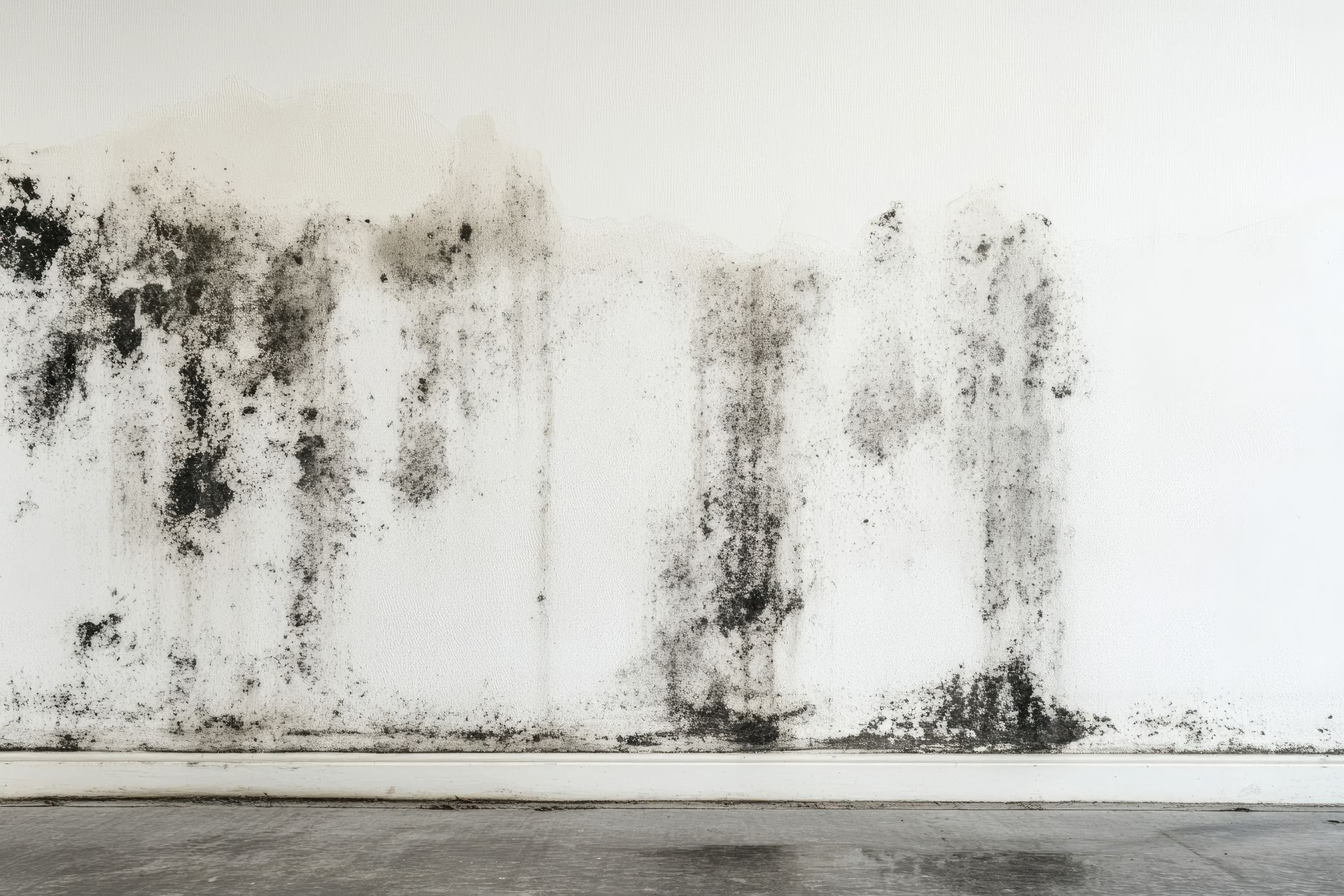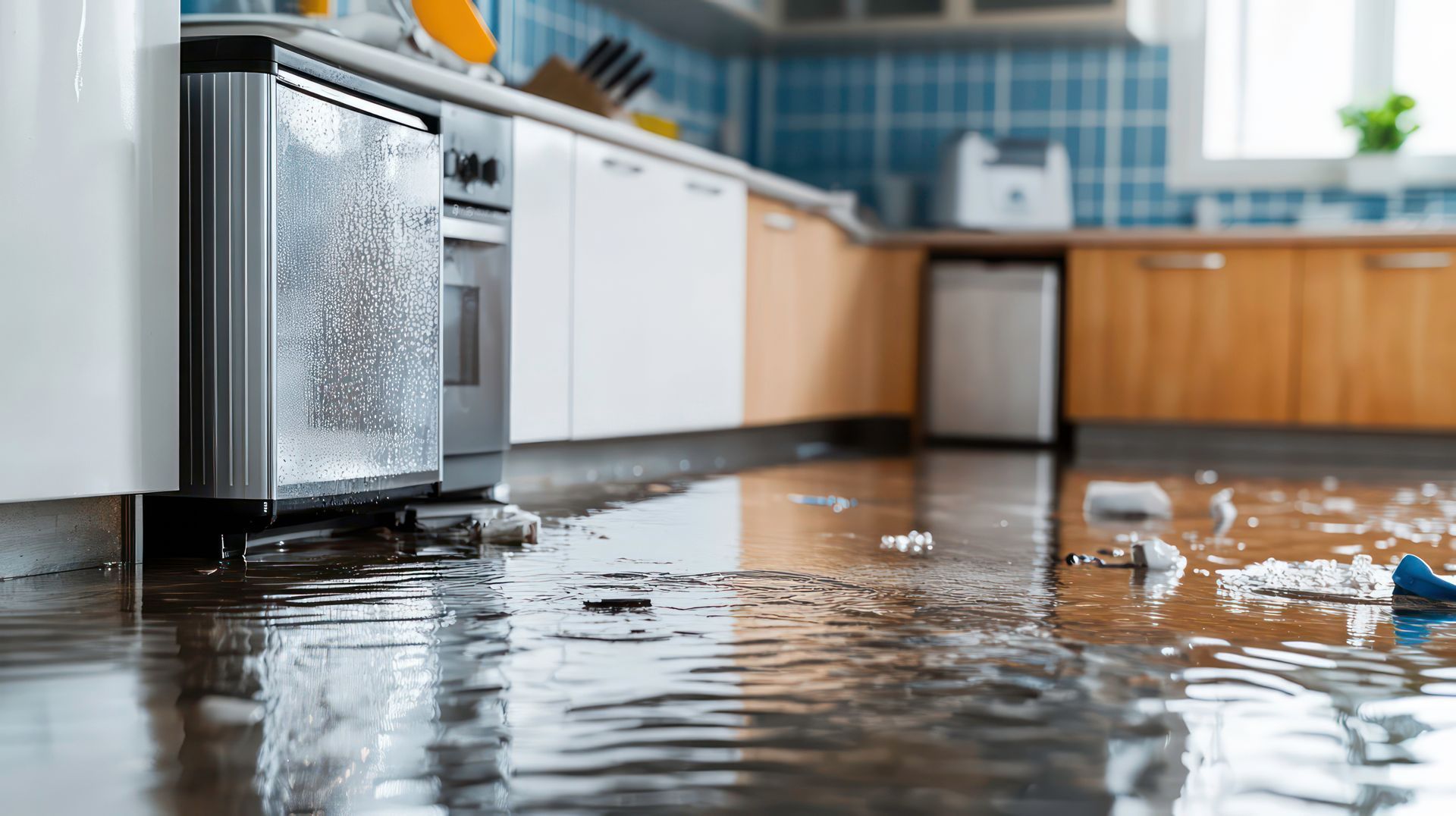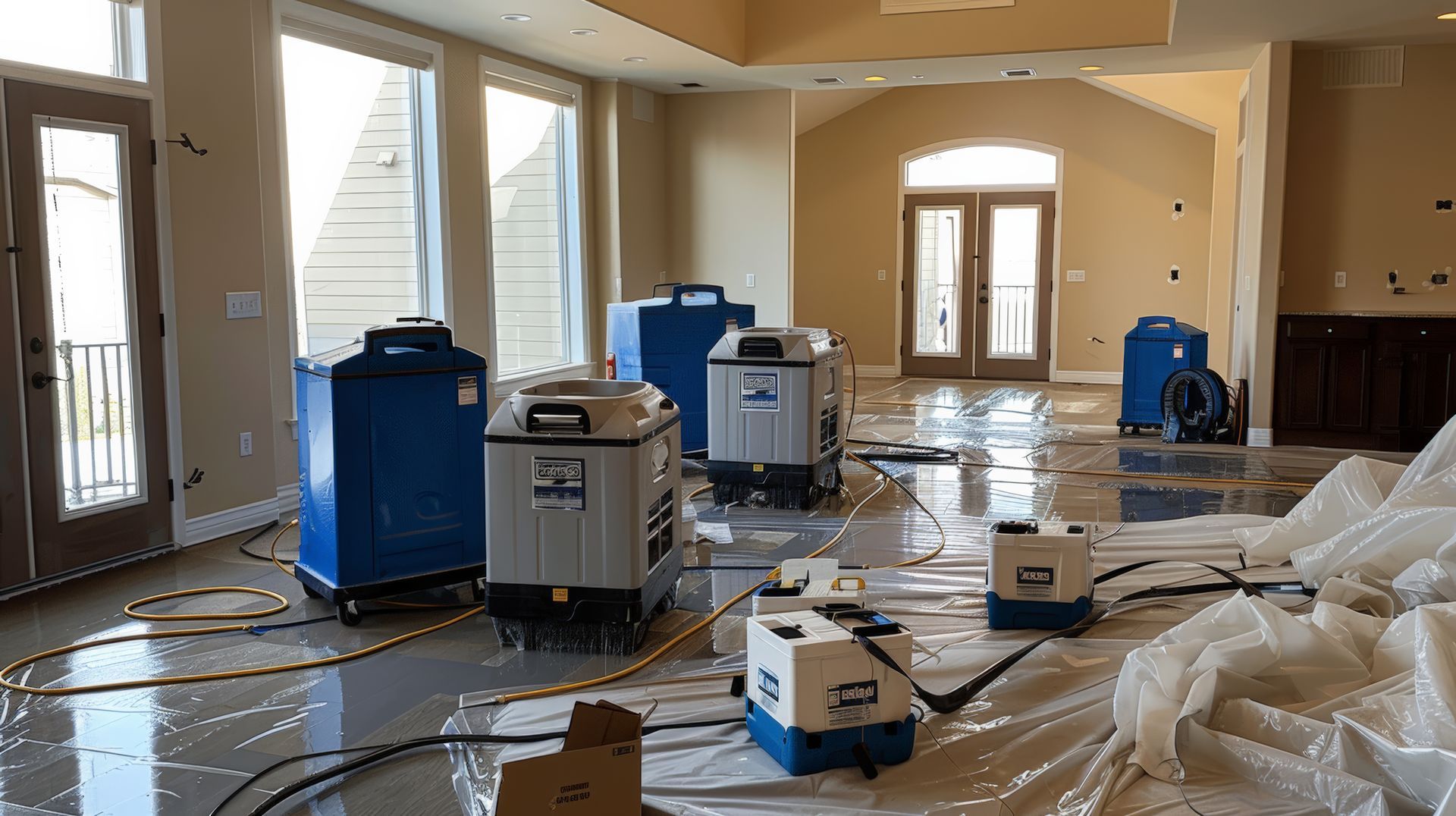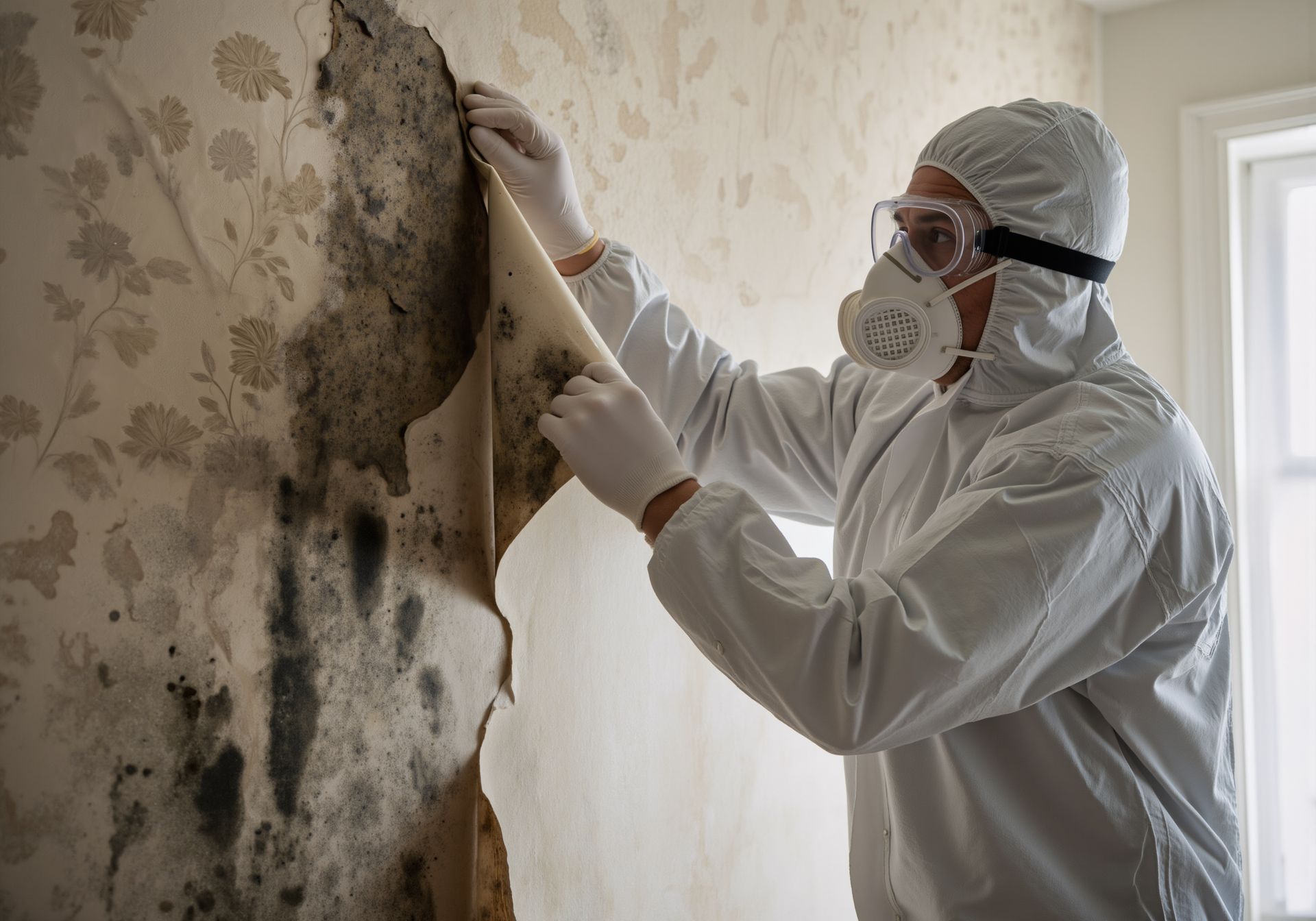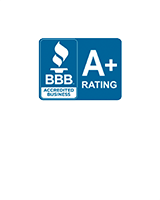Utah Disaster Cleanup Regulations: Navigating Legal and Regulatory Frameworks
When disaster strikes, the immediate concern is the safety and well-being of the people affected. However, after the disaster subsides, the focus shifts to recovery, which often includes extensive cleanup efforts. In Utah, like in many other states, disaster cleanup is subject to a set of regulations and guidelines aimed at ensuring the safety of both workers and the environment. This article delves into the legal and regulatory aspects of disaster cleanup in Utah, covering permits, safety guidelines, and compliance with state and federal laws.
Permit Requirements
Before commencing any Utah disaster cleanup activities, it's crucial to understand and adhere to permit requirements. The type of permit needed depends on the scale and nature of the cleanup. For example, if the disaster involves hazardous materials, such as chemical spills or asbestos, specific permits are required. These permits are typically issued by the Utah Department of Environmental Quality (DEQ) and are essential to ensure that cleanup activities are carried out safely and in compliance with environmental laws.
Safety Guidelines and Best Practices
Disaster cleanup can be dangerous work, often involving risks associated with structural instability, contaminated materials, and hazardous substances. The Occupational Safety and Health Administration (OSHA) sets stringent safety guidelines that workers and cleanup crews must follow. Some safety measures and best practices include:
- Personal Protective Equipment (PPE): Workers are required to
wear appropriate PPE, which may include respirators, gloves, coveralls, and eye protection, depending on the nature of the disaster and the materials being handled.
- Hazardous Material Handling: For cleanup involving hazardous materials, workers must be trained in their safe handling and disposal. This includes proper labeling, storage, and transportation of hazardous waste.
- Structural Assessment: Before starting cleanup in disaster-damaged buildings, a structural assessment must be carried out to ensure that the structures are stable and safe for workers.
- Decontamination Procedures: After working in potentially contaminated areas, workers must go through decontamination procedures to prevent the spread of hazardous materials.
- Safe Equipment Operation: Machinery and equipment used in cleanup must be operated safely and in compliance with OSHA guidelines. Regular maintenance and inspections are essential.
Compliance with State and Federal Laws
Disaster cleanup in Utah is not solely regulated at the state level. Various federal laws and regulations also apply. One significant federal law is the Comprehensive Environmental Response, Compensation, and Liability Act (CERCLA), also known as the Superfund law. This law primarily deals with the cleanup of hazardous waste sites, and it can have implications for disaster cleanup efforts in Utah. Compliance with CERCLA is essential, as non-compliance can result in significant penalties and legal liabilities.
The Resource Conservation and Recovery Act (RCRA) is another federal law that plays a role in disaster cleanup. It regulates the management of hazardous waste and includes provisions related to the storage, treatment, and disposal of hazardous materials. Disaster cleanup efforts in Utah must align with the RCRA to avoid legal issues.
Local Regulations and Emergency Declarations
In addition to state and federal regulations, local ordinances and emergency declarations can also impact disaster cleanup efforts in Utah. Local authorities may issue emergency orders and restrictions to ensure the safety of cleanup crews and the public. It's crucial to stay informed about these local regulations, which may include curfews, road closures, and access restrictions to disaster-affected areas.
Funding and Reimbursement
Disaster cleanup can be costly, and fortunately, there are often financial assistance options available. In Utah, FEMA (Federal Emergency Management Agency) plays a crucial role in providing financial assistance to individuals, businesses, and local governments for disaster-related expenses, including cleanup. It's essential to understand the application process and eligibility criteria for FEMA assistance.
Utah disaster cleanup regulations and guidelines are in place to safeguard the well-being of workers, protect the environment, and ensure that the recovery process proceeds smoothly. Compliance with permit requirements, safety guidelines, and state and federal laws is paramount for anyone involved in disaster cleanup activities. Staying informed about local regulations and seeking financial assistance when needed can further streamline the recovery and cleanup process, ultimately helping communities in Utah rebuild and heal after disasters.
About All Pro Services
All Pro Services is the premier restoration and remediation company of Utah. They offer a large variety of services from commercial cleaning and sanitization, restoration, biohazard cleanup and construction services.
Learn more about All Pro Services.

Contact Information:
All Pro Services
7747 Allen Street
Midvale, UT 84047
United States
Roger Rasmussen
(385)855-2252
https://www.allproutah.com
